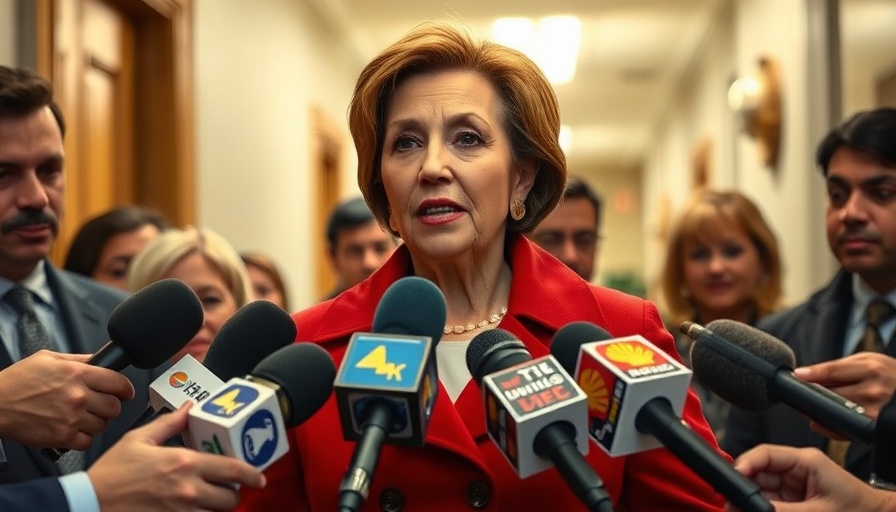
Ex-FDIC Chair's Outrage Amid Toxic Workplace Claims
In a shocking revelation, the former chair of the Federal Deposit Insurance Corp. (FDIC), Martin Gruenberg, has expressed his anger after a report by the agency's inspector general uncovered allegations of inappropriate conduct by him and several senior officials. This scandal is part of a larger investigation into a toxic workplace environment that has plagued the FDIC for nearly two years.
Understanding Workplace Toxicity
Workplace toxicity can severely affect employee morale and productivity. A toxic work environment is characterized by negative behaviors such as bullying, harassment, and unfair treatment. According to a recent survey, over 80% of employees have experienced toxic behaviors in their workplaces, leading to increased stress, burnout, and mental health issues. The fallout from such environments can not only harm individuals but also adversely impact organizational effectiveness.
The Impact of Leadership on Workplace Culture
It's critical to recognize that leadership plays a pivotal role in shaping workplace culture. The behaviors displayed by senior management often set the tone for organizational standards. As the investigation unfolds, Gruenberg's involvement raises questions about accountability at the highest levels. To foster a healthy workplace, organizations must ensure that their leaders exemplify the values of respect, integrity, and support, creating a safe environment for all employees.
Historical Context and Background of the Issue
Reports of workplace misconduct at the FDIC are not new. The agency has faced scrutiny in the past for its handling of employee complaints. The current investigation follows a string of allegations, highlighting the urgent need for systemic changes within the organization. This situation mirrors similar scandals in other corporations where toxic behavior has been inadequately addressed, illustrating a widespread issue across various sectors.
Future Predictions: What Lies Ahead for the FDIC?
The ongoing investigations could lead to significant shifts in leadership and policy at the FDIC. Employees are watching closely as the findings may dictate how future complaints are addressed and how toxic workplace cultures are dismantled. If the organization fails to implement meaningful changes, it risks retaining a reputation as a hostile work environment, which can deter prospective talent and contribute to high turnover rates.
Strategies for Fostering a Positive Workplace
Organizations can take concrete steps toward mitigating toxicity and enhancing workplace culture. Some strategies include:
- Establishing clear policies: Ensure that workplace conduct guidelines are enforced consistently.
- Creating safe reporting mechanisms: Employees should feel free to report toxic behaviors without fear of retaliation.
- Encouraging open communication: Foster an environment where employees can share their experiences and seek support without judgment.
- Providing mental health resources: Offer access to counseling and stress-management programs to aid employee well-being.
The Importance of Mental Health in the Workplace
The correlation between a toxic workplace and mental health issues cannot be ignored. A survey from the American Psychological Association reveals that employees who experience workplace toxicity are more likely to report anxiety and depression. Organizations must prioritize mental health resources as part of their employee wellness programs, recognizing that a healthy workforce contributes to enhanced productivity and engagement.
Take Action: Be the Change You Want to See
The revelations surrounding the FDIC provide an opportunity for employee advocates and leaders to engage in meaningful discourse about workplace culture. Employees at any organization can drive change by voicing concerns, supporting colleagues, and promoting a positive workplace. If you witness toxic behavior, speak up for yourself and others, and encourage a culture of respect and integrity.
 Add Row
Add Row  Add
Add 




Write A Comment